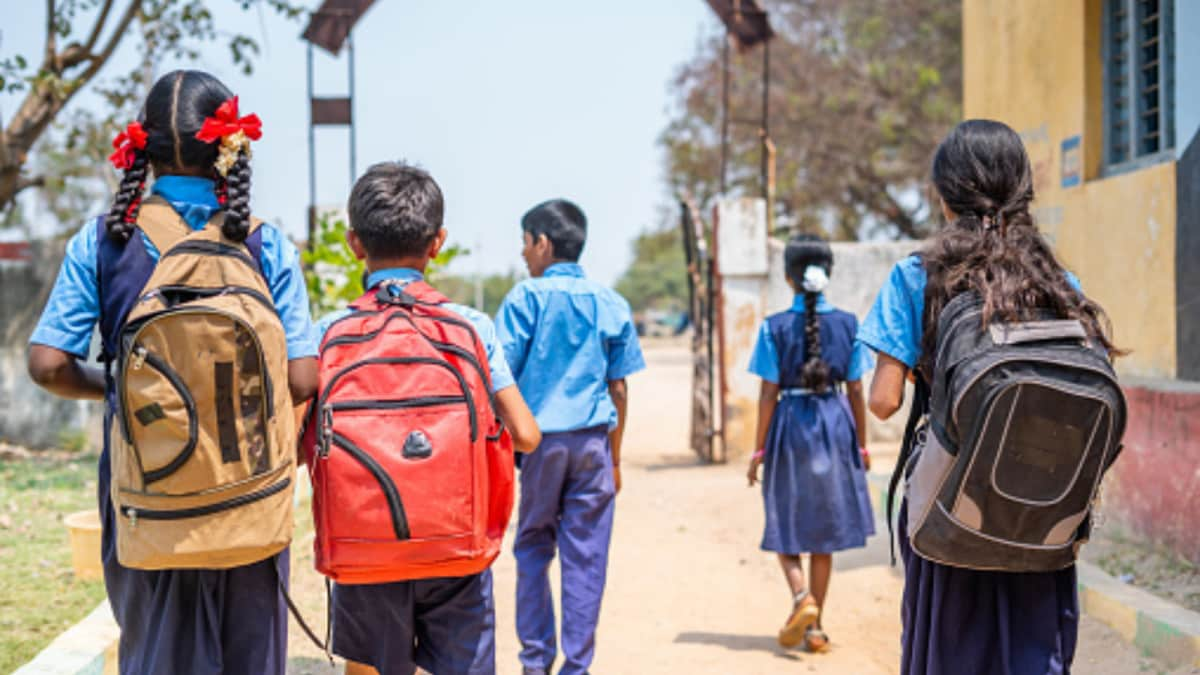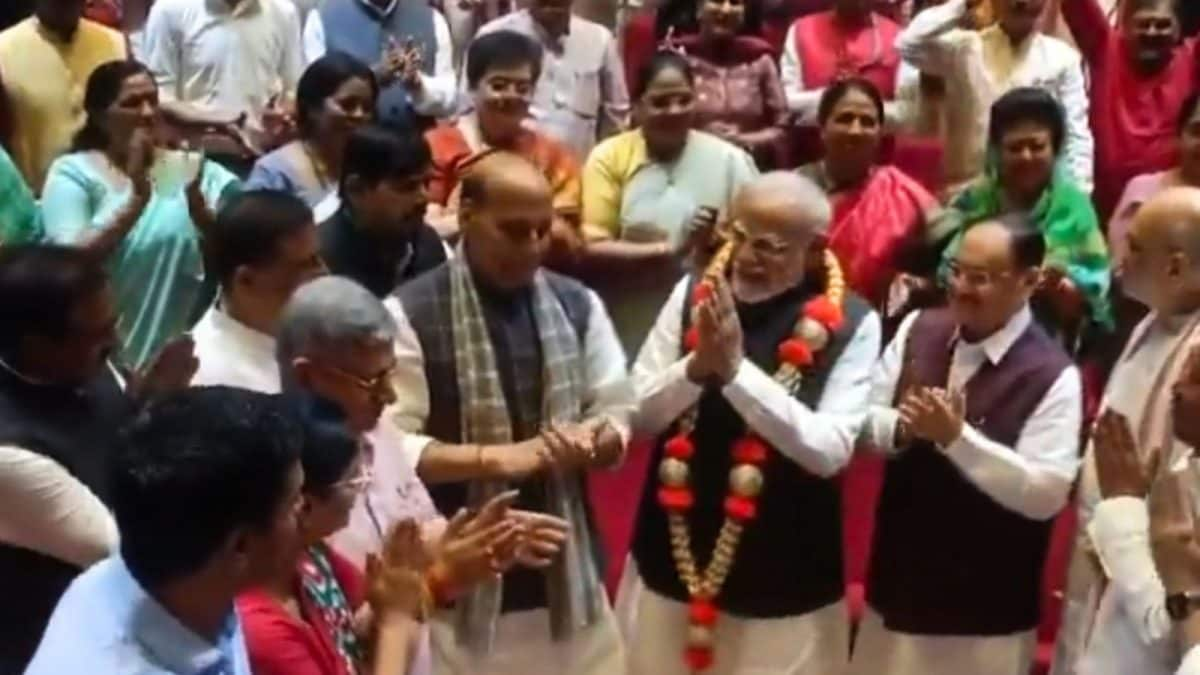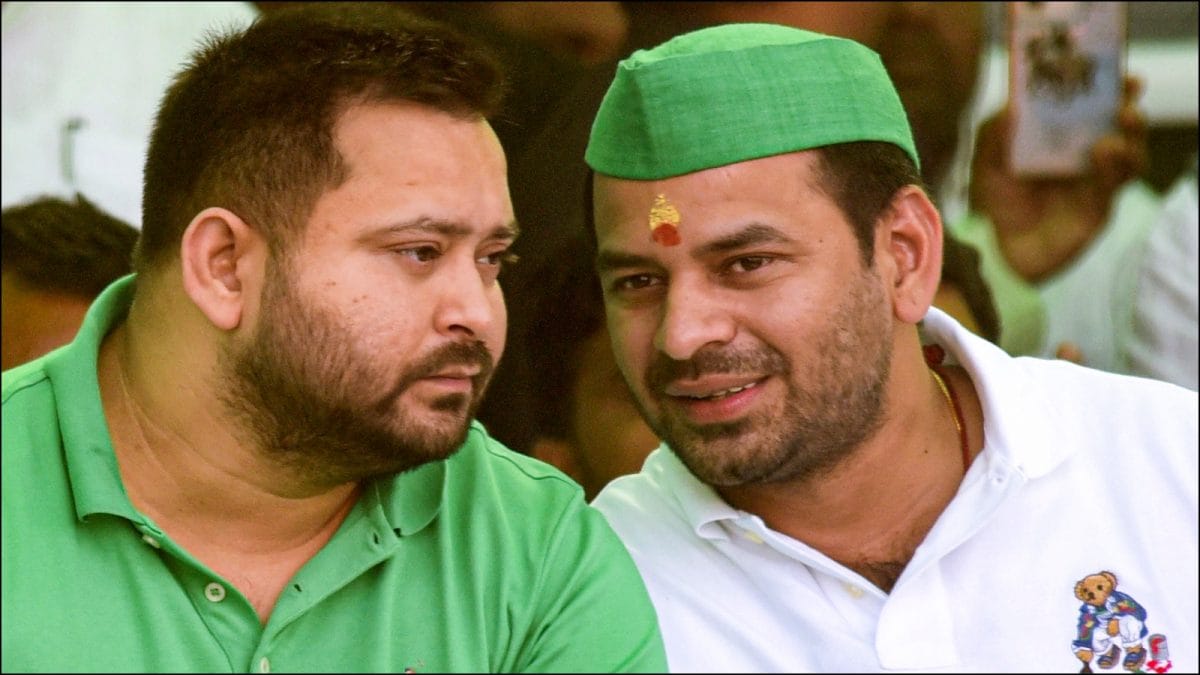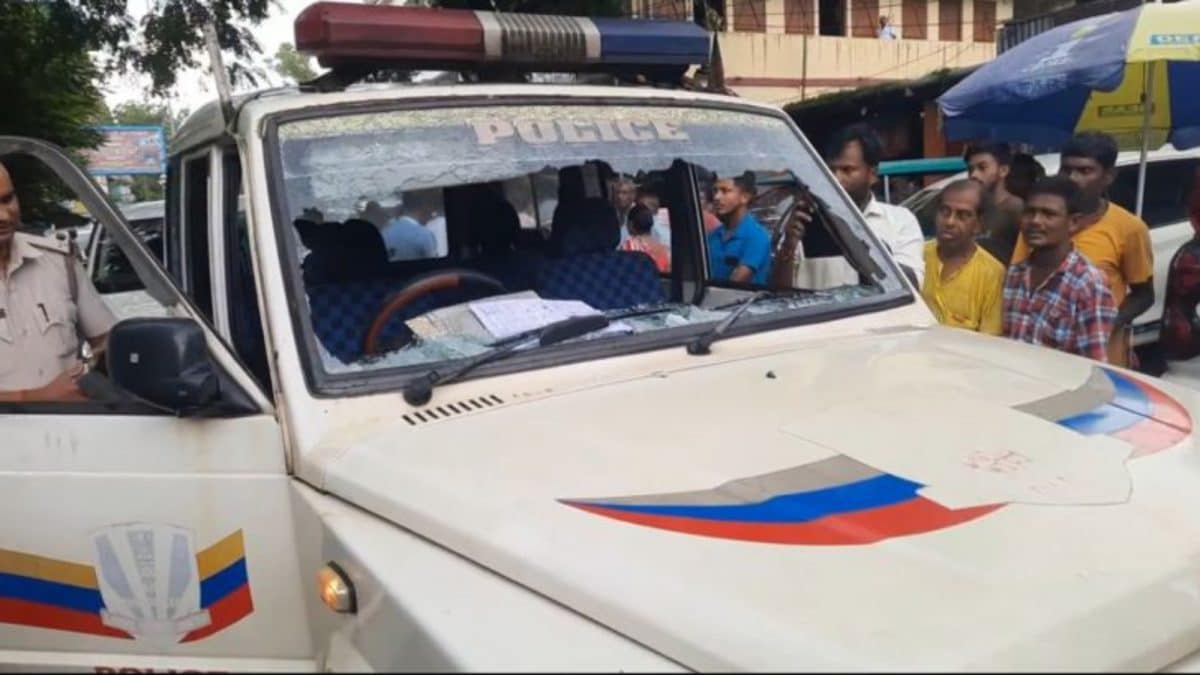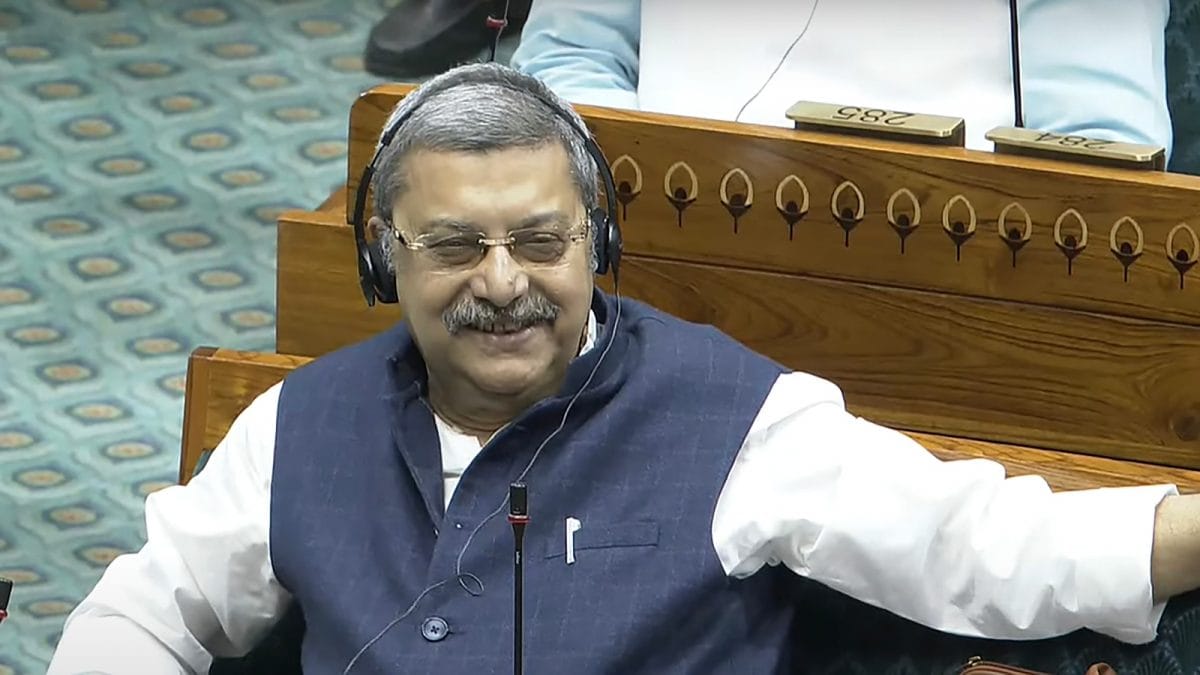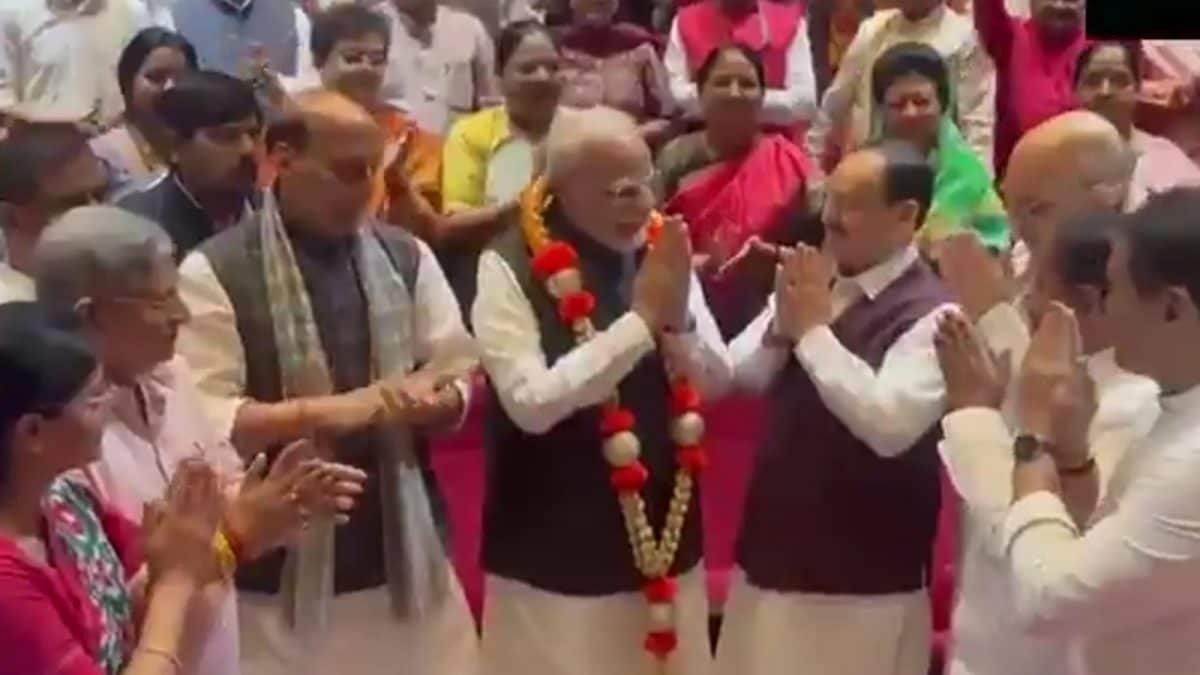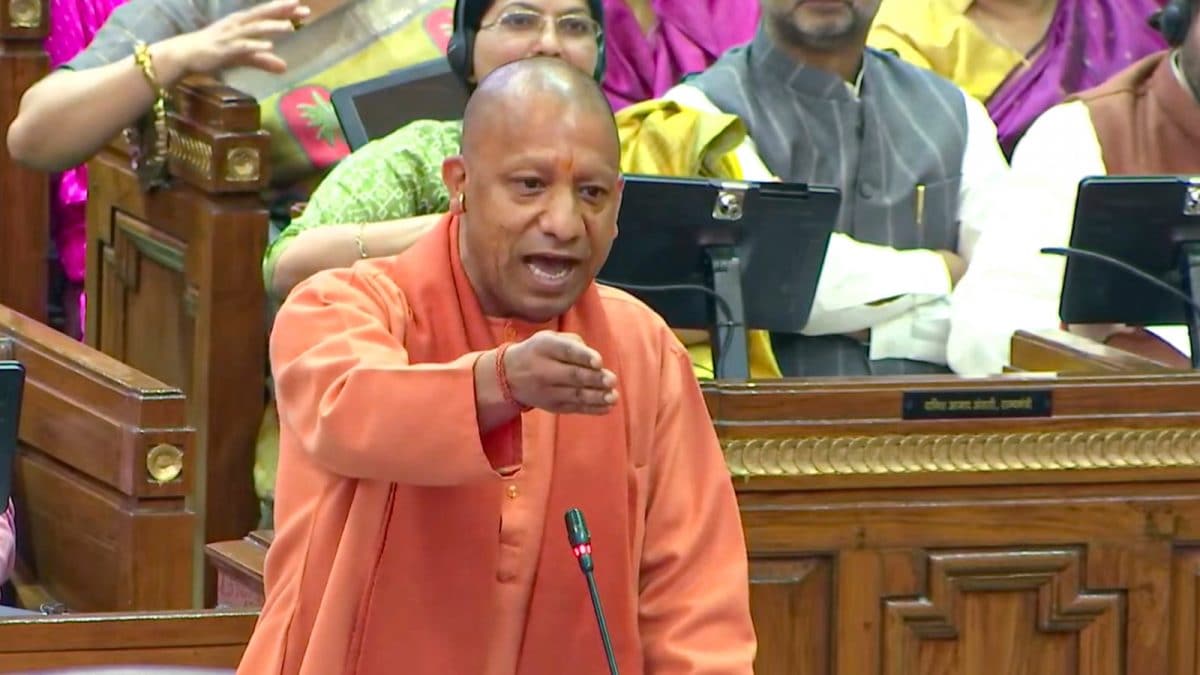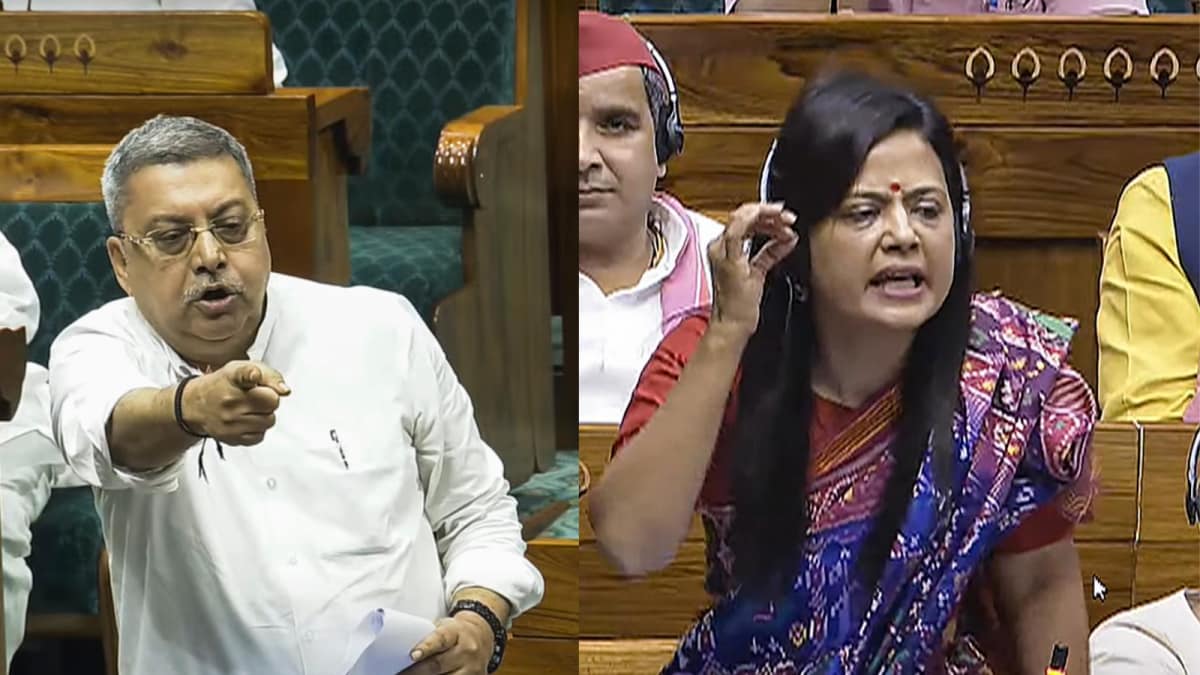Last Updated:June 11, 2025, 16:40 IST
Suheldev holds symbolic value among the Rajbhar and Pasi communities, both considered crucial in eastern Uttar Pradesh’s caste arithmetic

Uttar Pradesh Chief Minister Yogi Adityanath during the inauguration of a statue of Maharaja Suheldev, in Bahraich district of UP. (PTI)

On the face of it, it was a cultural event celebrating a largely folkloric warrior-king from the 11th century. But scratch the surface and political meaning emerges: the BJP, analysts say, is shaping a sharp counter-narrative to the Samajwadi Party-led PDA (Pichhda, Dalit, Alpsankhyak) pitch by resurrecting historical memory loaded with communal, cultural, and caste resonances.
The Suheldev Vijayotsav, marked by the unveiling of a 40-feet tall equestrian statue of Maharaja Suheldev at Chittora Lake, became the stage for the chief minister to launch a blistering ideological assault. Targeting the SP and Congress, Yogi accused them of appeasing “foreign invaders" for Muslim votes and glorifying figures like Gazi Salar Masud—a medieval figure buried in Bahraich, revered by many but labelled an “invader" by the Right-wing.
Invader Vs Liberator
In his speech, Yogi invoked Suheldev’s legendary victory against Salar Masud and thanked those who stopped organising events in Masud’s name. “Bahraich should celebrate Suheldev’s legacy, not that of Salar Masud. He was an invader, and a symbol of slavery," said the CM, adding that the annual fairs in honour of Masud promoted a “ghulami ki mansikta" (slavery mindset).
He also linked the issue to temple politics, asking rhetorically: “Who were those who opposed the Ram temple in Ayodhya? Who stood against the Kashi Vishwanath corridor?" and answered it himself — “They were the same people who praised invaders like Gazi."
Yogi also oversaw the ceremonial ‘ann-prashan’ of five infants, all named Suheldev, in a symbolic gesture of passing heritage to the next generation. He distributed cheques of Rs5 lakh each to entrepreneurs under the Mukhyamantri Yuva Udyami Yojana and emphasised the BJP’s commitment to honouring “real national heroes."
Response To SP’s PDA Pitch?
Political analysts see more than just cultural revivalism in this script. According to Shashikant Pandey, head of department of political sciences at Dr Bhimrao Ambedkar University, Lucknow, “This event was a clear attempt to polarise non-Yadav OBCs under a unifying Hindutva banner. By pitting Suheldev against Salar Masud, the BJP is aiming to split the PDA bloc — especially among Rajbhar, Pasi and other backward castes who claim Suheldev as part of their legacy."
Suheldev holds symbolic value among the Rajbhar and Pasi communities, both considered crucial in eastern Uttar Pradesh’s caste arithmetic. The Suheldev Bharatiya Samaj Party (SBSP), led by Om Prakash Rajbhar, is back in NDA fold after a brief SP alliance. The Suheldev vs Masud binary, political observers say, could help the BJP strengthen its hold on non-Yadav OBCs by offering a civilisational pride narrative in place of caste-based mobilisation.
Rajbhar Vote A Key Target
According to Pandey, the event in Bahraich carried a layered political messaging aimed at more than just countering the Samajwadi Party’s PDA narrative. “Beyond the visible cultural symbolism, this was also a strategic outreach to the Rajbhar community," he said. “Suheldev is a revered figure among Rajbhars, and invoking him at such a grand scale is BJP’s attempt to emotionally consolidate that vote bank, which has shown volatility in recent years."
Pandey pointed out that there are approximately 70-80 lakh Rajbhar voters in Uttar Pradesh, spread predominantly across eastern districts such as Azamgarh, Ghazipur, Mau, Ballia, Deoria, and of course, Bahraich. “The Rajbhars can swing the outcome in 25 to 30 assembly seats, and their alignment with SBSP under Om Prakash Rajbhar has earlier given both SP and BJP key electoral advantages," he noted. “By placing Suheldev in direct contrast to Salar Masud, the BJP is not only reinforcing Hindu pride but also ensuring that caste pride aligns with religious and nationalist sentiment — a classic saffron strategy."
Yogi Blames SP-Congress
The UP CM also blamed the Samajwadi Party and Congress for turning a blind eye to “foreign aggressors" in pursuit of Muslim votes. “When we celebrate Sardar Patel, SP sings praises of Jinnah. When we talk about Maharaja Suheldev, they rush to talk about Gazi Miyan’s marriage," said Yogi, ridiculing past efforts to promote what he termed “appeasement politics."
He thanked those who stopped events associated with Gazi Salar Masud and called for a complete halt to commemorations in the names of invaders. “Prime Minister Narendra Modi has made it clear — national heroes must be honoured, not invaders," Yogi asserted.
The Statue & The Symbolism
The newly inaugurated bronze statue of Maharaja Suheldev — touted as India’s tallest of a warrior on a rearing horse — stands at Chittora Lake, eight kilometres from Bahraich town. Sculpted by Padma Shri awardee Ram Sutar under the supervision of the UP Lalit Kala Akademi, the statue is part of a larger memorial whose foundation was laid virtually by PM Modi in February 2021.
The Historical Fog
Suheldev’s historicity remains contested. There is little mention of him in 11th-century Persian chronicles. His tale surfaces in the 14th-century Ajaib-ul-Khusurowi by Amir Khusrau and then more prominently in the 17th-century Mirat-e-Masudi, a hagiographic account of Salar Masud.
According to these sources, Suheldev was the son of King Moolraj of Shravasti and led a coalition of local rulers to resist Muslim advances in the Terai belt. The defining battle is said to have taken place near Bahraich around 1033 AD, where Suheldev defeated and killed Salar Masud. However, historians like Dr Rajkishore of Bahraich say Suheldev is more a “hero of legend than history," with multiple castes — Rajbhars, Pasis, Bhar, even Jains — claiming him as their own.
One account even suggests Suheldev adopted Jainism, possibly because Brahmin priests would not anoint kings from “lower castes." In eastern UP’s folklore, however, Suheldev is remembered as the “defender of the land" against Islamic expansion.
A Battle of Memory and Identity
Tuesday’s event, thus, wasn’t just about remembering a long-forgotten king, but about scripting a new narrative—one where historical memory, myth, caste identity, and political ideology converge.
In the run-up to the 2027 state elections, such symbolic battles over statues, festivals, and forgotten figures are likely to intensify. As one local BJP leader said off the record, “In Purvanchal, it’s not just about who votes. It’s about whose story is told louder. And Suheldev is now our story."
Location : First Published:News elections Can Maharaja Suheldev vs Gazi Salar Masud Pitch Swing 2027 UP Battle? BJP Hopes So

 1 month ago
1 month ago

